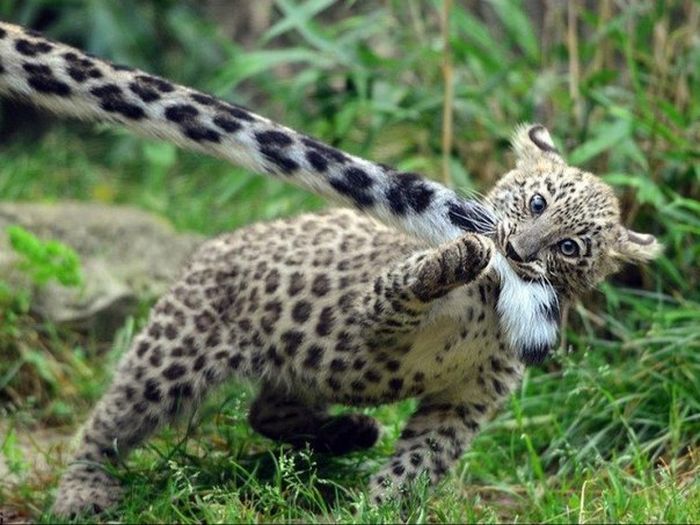
The Beavertown Beaver rides a motorcycle in the Beavertown Centennial Parade during Hillbilly Fever Days Thursday evening in Beavertown. Beavertown Borough is celebrating its 100th anniversary this year.
Mind you, this Pennsylvania Beavertown mascot looks nothing like a beaver, but I suppose it looks exactly like the kind of beaver who would ride a motorcycle. And besides, I’m in the mood for a parade. A lot of very good things about beavers have been happening, and last night it was making me feel a little dizzy. So let’s celebrate!
Tale 1:
Let’s start close to home. We found out about the beavers in Rodeo from the environmental scientist of Phillips 66, who’s property they’re on. She wanted to talk to us about flow devices so they could keep the beavers there. No, I’m not kidding. Jon went out and saw the site and gave her Mike’s DVD. And she went to work persuading her employers to go for it. This was a while ago.
Recently, her efforts were successful and she got the go ahead to install. I introduced her to Kevin Swift from OAEC who trained with Mike Callahan. Things were all in place but the county commissioners of Rodeo got cold feet and told her that Phillips 66 needed to add a rider covering the city in case something went wrong. I asked around and everyone said that was unheard of, and that liability insurance for the installer was all that was needed. Things looked kind of stuck, then I met Fran.
She approached me at the beaver festival and said she wanted to help the beavers in Rodeo where she lived and had been watching them. What could she do? I told her what I knew and introduced her to the woman I’d been working with. She said she knew the commissioners well, and would get on the job of persuading them otherwise. She was a big fan of the community-based pressure Martinez used and she had many tricks up her sleeve.
With two strong allies for these beavers (who could be Martinez progeny!) I am very, very hopeful for Rodeo.
Tale 2:
Our VP who works in Cordelia at International Bird Rescue has been keeping her eye on a beaver who has been flooding a road near Suisun. She has heard that a Cal Trans biologist has been unplugging his dam so that he won’t need to be trapped, and she’s wanted to connect with him. Recently a very happy accident fixed that problem. I’ll let her tell you about it.
Timing is everything, especially when there is an unexpected schedule change that led me to finding this injured Golden Eagle. it also gave me the chance to meet the Cal Trans biologist I’ve been trying to find for months because of a local beaver issue in the same area. He was also the one to help free the bird from the barbed wire fence.

So Cheryl can help the nice biologist find out what he needs to know to keep that beaver from flooding the road. Which means one less dead beaver, and since Caltrans is a big organization and can’t have too many biologists, this might mean less dead beavers all over California.
Tale 3:
You met Rusty and Hank at the beaver festival. They are among the heroes looking out for the beavers in Napa. Well the other day at the dam, Rusty met a gentleman he thought he recognized, so when he got home he googled him. He was pretty certain he was the former mayor of Napa coming to watch the beavers.
(And let me interject and ask you to guess how many times the current mayor of Martnez has come to watch the beavers? I’ll give you a hint, it’s a round number. Just sayin’.)
The next night he met him again and was told he was right. Not only was he the prior mayor he is a sitting county commissioner. He thought the beavers were incredible to watch, noticed the amazing wildlife, asked for more information about beavers, said he had planned to come to our festival, and knew the developer of the land next to the creek and would ask that access stay open to the public when the hotel was built. Rusty gave him info about beavers, told him about our website, and then gave him the records of the three depredation permits pulled in Napa county. Which the commissioner said he’d look into.
!!!!!!!!!!!!!!!!!!!!!!!!!!!!!
You know how it is. You plug along from day to day trying to make a tiny difference in the lives of beavers, and wondering if what you do matters at all. And then one day you wake up and look around and you are surrounded by an army of foot soldiers doing the same thing. You aren’t the only one anymore, there is a steadily advancing troop of beaver advocates spreading out from Martinez like an water seeping through a towel.
And suddenly everything looks a lot easier.




















































